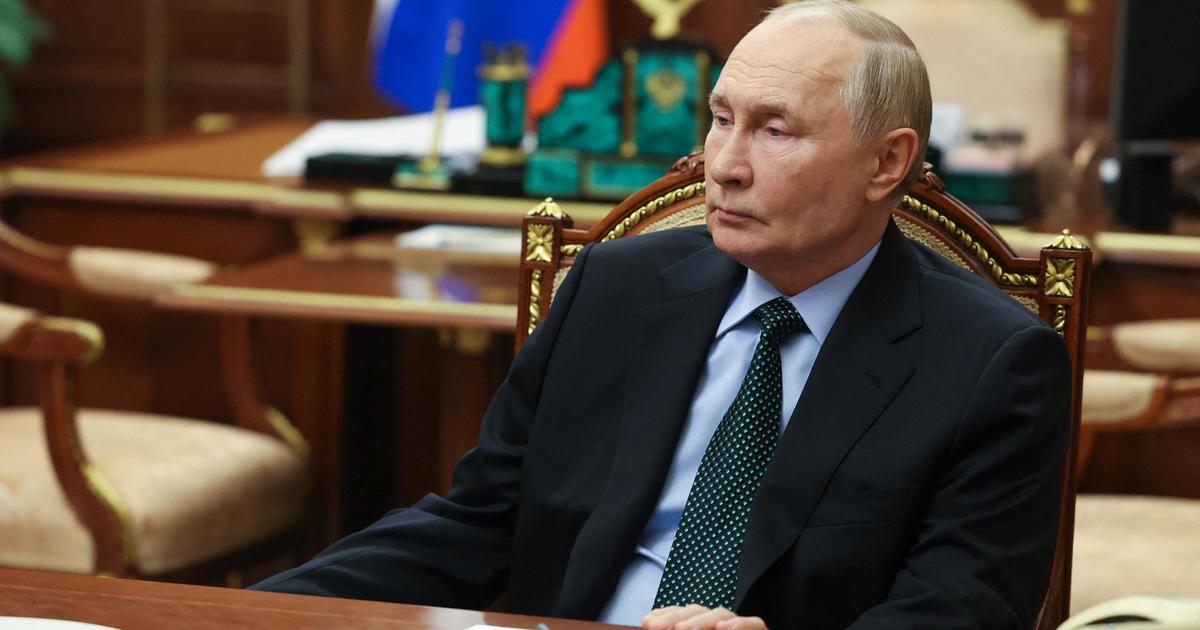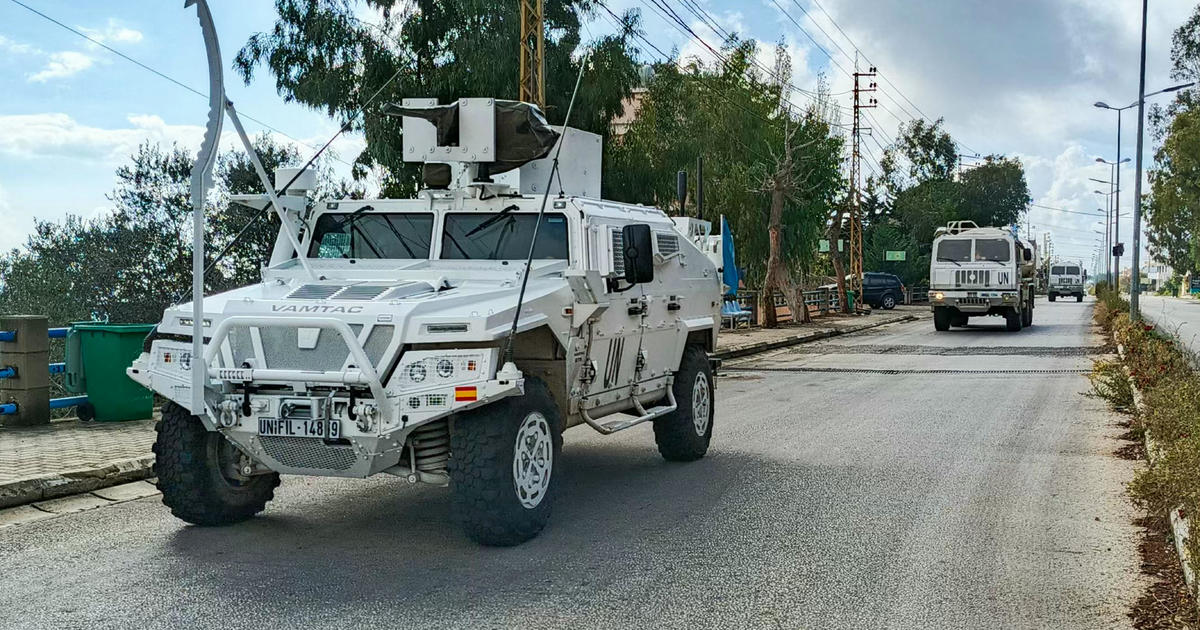By
Updated on: November 20, 2024 / 9:15 AM EST
/ CBS News
Warnings of major Russian attack on Ukraine
Russian President Vladimir Putin approved changes to his country’s nuclear doctrine this week, formally amending the conditions — and lowering the threshold — under which Russia would consider using its nuclear weapons. Moscow announced Tuesday that Putin had signed off on the changes to the doctrine, formally known as “The basics of state policy in the field of nuclear deterrence,” as Ukraine launched its first strike deeper into Russia using U.S.-supplied missiles.
The updated doctrine states that Russia will treat an attack by a non-nuclear state that is supported by a country with nuclear capabilities as a joint attack by both. That means any attack on Russia by a country that’s part of a coalition could be seen as an attack by the entire group.
Under the doctrine, Russia could theoretically consider any major attack on its territory, even with conventional weapons, by non-nuclear-armed Ukraine sufficient to trigger a nuclear response, because Ukraine is backed by the nuclear-armed United States.
Putin has threatened to use nuclear weapons in Ukraine multiple times since he ordered the full-scale invasion of the country on Feb. 24, 2022, and Russia has repeatedly warned the West that if Washington allowed Ukraine to fire Western-made missiles deep into its territory, it would consider the U.S. and its NATO allies to be directly involved in the war.
U.S. officials said Ukraine fired eight U.S.-made ATACMS missiles into Russia’s Bryansk region early Tuesday, just a couple days after President Biden gave Ukraine permission to fire the weapons deeper into Russian territory. ATACMS are powerful weapons with a maximum range of almost 190 miles.
“This is the latest instance of a long string of nuclear rhetoric and signaling that has been coming out of Moscow since the beginning of this full scale invasion,” Mariana Budjeryn, Senior Research Associate at Harvard’s Belfer Center, told German broadcaster Deutsche Welle when the change to Russia’s nuclear doctrine was first proposed last month.
“The previous version of the Russian doctrine adopted in 2020 allowed also a nuclear response to a large-scale conventional attack, but only in extreme circumstances where the very survival of the state was at stake,” Budjeryn noted. “This formulation has changed to say, well, extreme circumstances that jeopardize the sovereignty of Russia. Well, what does that really mean and who defines what serious threats to sovereignty might constitute?”
Budjeryn said Russia had already used weapons against Ukraine that could carry a nuclear payload.
“Russia has been using a number of delivery systems of missiles that [can] also come with a nuclear warhead. So these are dual capable systems. For example, Iskander M short range ballistic missiles. Those have been used extensively in this war by Russia. So when we have an incoming from Russia to Ukraine and we see that it’s an Iskander missile, we don’t know if it’s nuclear tipped or conventionally tipped,” Budjeryn said.
Ukrainian parliamentarian Oleksandra Ustinova, who says she helped lobby the Biden administration for the permission for Ukraine to fire the ATACMS deeper inside Russia, told CBS News she didn’t believe Putin would actually carry out a nuclear strike.
“He keeps playing and pretending like he’s going to do something,” Ustinova said. “I’ve been saying since day one that he’s a bully, and he’s not going to do that.”
contributed to this report.









